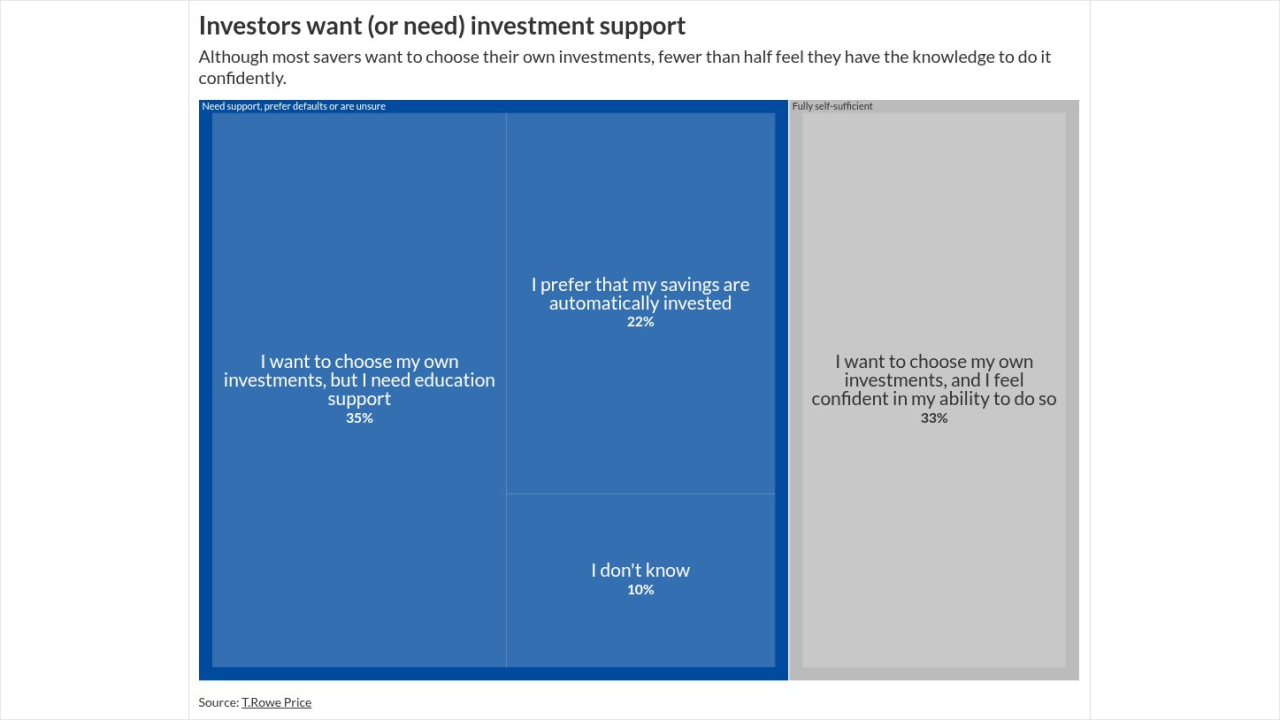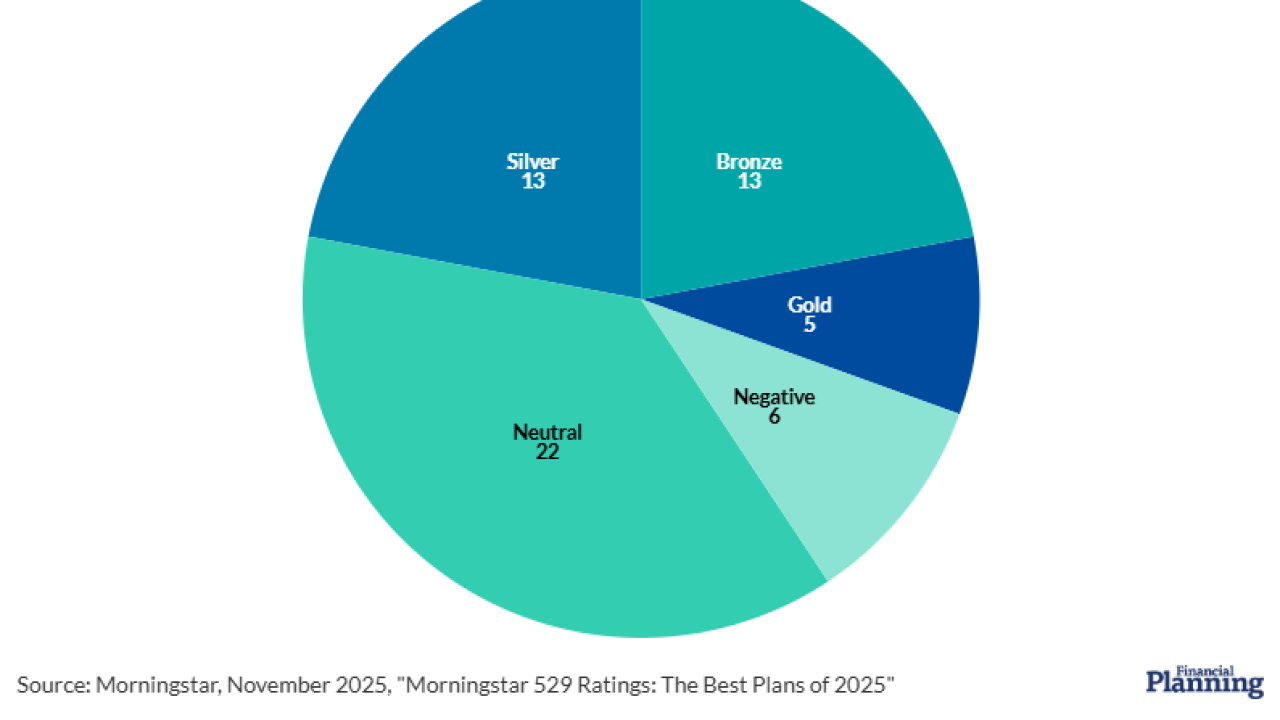Marketers across all professions know they have a tiny window of time — often a fraction of a second — to snag their audience's attention. Just think of all the ads you encounter daily, most of which you tune out despite the marketing dollars spent to reach you.
The good news is that whether online, in print or in real life, consumers subconsciously absorb and categorize small details, many of which are related to color. One study found that up to 90% of an individual's initial impressions of a person or product are based on color alone.

For financial advisors, this means marketing ROI is heavily dependent on subtle color cues in their logo, branding and ads — and even in their clothing.
Connecting emotions to color cues
Color theory, based on the hue scale invented by Sir Isaac Newton, posits that colors carry both positive and negative emotions, influencing perception and response. By applying color theory across various marketing media, financial firms and advisors can shape how viewers respond to them.
The first step is to define your target audience and the
Then, to ensure that the message resonates, it's essential to choose the appropriate colors to elicit the intended response.
For instance, shades of red, orange and yellow are associated with basic human sensations like hunger and thirst. Think of popular fast food chains and how those colors dominate their logos and decor, tapping into the desire to satiate those needs.
READ MORE:
On the other hand, green, blue and purple symbolize secondary needs such as intellectual growth, inner peace and financial
You'll notice that financial institutions — including banks, brokerages and RIAs — often use these colors as a means of subtly addressing these emotional needs in their clients. (Some financial firms may choose to use deeper tones of red, as they relate to security and survival, reinforcing their commitment to protecting their clients.)

Color coding for advisor marketing: The essentials
Here are some key emotional appeals and their corresponding color associations.
Trust and reliability. Consumers seek financial advisors who instill security and confidence in their financial future. Color association: blue tones.
Expertise and professionalism. High net worth individuals expect their advisors to navigate complex financial landscapes with confidence. Color association: darker shades, such as navy blue or gray.
Personalized, holistic advice. Tailored financial strategies drive consumer satisfaction. Color association: Green, representing growth and prosperity, aligns with personalized wealth growth.
Ease and simplicity. Offering a clear, simple path to achieving financial goals can alleviate the stress often associated with financial decision-making. Color association: Soft blue or green tones convey tranquility and simplicity.
Security and stability. High net worth consumers want to feel like their wealth is both protected and steadily growing. Color association: Earthy tones like brown and gold suggest stability and wealth preservation.
READ MORE:
More color tips for financial advisors
Once you find the colors you want to use, note the exact
Optimizing marketing campaigns goes beyond traditional strategies. It requires continuous testing of different approaches and refining your targeting to keep up with evolving consumer trends.
Generative AI can be helpful in this regard as it allows you to experiment with different shades, textures and other design elements. Even the smallest adjustments can make a significant difference in results.

As illustrated above, simple changes to prospecting materials, such as altering the color of a sweater, can lead to improvements in the number of highly qualified leads generated.
Ultimately, by applying color theory in your marketing and using data to track how prospects respond, you can better appeal to your target audience and learn valuable insights. This ongoing refinement helps optimize the effectiveness of your marketing efforts, ensuring you get the most value from your investment.





